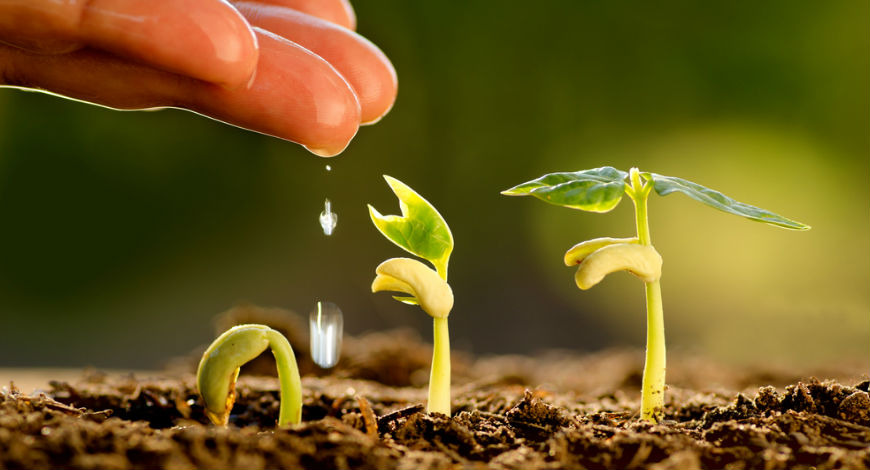by Tyne Morgan
Field after field of green cotton plants surrounding Lubbock, Texas, will soon turn into a blanket of white, as just beyond the city limits sits the largest cotton patch in the country.
“We're very fortunate here in Lubbock to have the critical mass of research that follows cotton from field plots to work in cotton breeding, all the way to textual spinning,” says Steve Verett, CEO of Plains Cotton Growers. “We can do it all.”
A staple in West Texas, the cotton research being done at the Fiber and Biopolymer Research Institute (FBRI) at Texas Tech is breaking barriers.
“When we think about cotton, certainly we think about the textile use with blue jeans we wear, but what most people don't understand is cotton is cellulose, and cellulose can be made into a lot of different things,” says Verett.
As area farmers saw retail demand for clothing shut off as the pandemic hit, demand dropped, and prices took a hit.
“We have to look at every opportunity for both traditional and non-traditional uses,” says Verett. “The traditional uses of the crop today are our bread and butter, but we always have to be looking over that horizon at anything new and novel that could add some value.”
The research within the 110,000-square-foot building in Lubbock is doing just that: adding value to a crop farmers already grow.
Noureddine Abidi is a Texas Tech professor and managing director at FBRI, a facility digging into cutting edge research and helping the value of the cotton all along the supply chain.
“Cotton is the purest form of cellulose,” says Abidi.
The valuable cellulose can be used in various ways, even for things that don’t seem possible.
“We have to make a gel from the cellulose, without degrading it,” he says. “Then the idea is to see if we can make it very similar to a plastic material that we can make new uses for that, and we call it bioplastic created from a plant.”
The work being done at FBRI is creating bioplastic from a plant, and in turn, digging into a new area of demand.
“The idea is not to take a good quality cotton and then convert that to bioplastic,” explains Abidi.
Instead, he says the goal is to use trash, or cotton unusable for textile mills, and turn it into bioplastics.
“Any short fiber will come as a waste for the textile mill,” he says. “So they are not going to do anything with it. They are not going to convert that to yarn. So, for them it is waste.”
The cotton short in fiber undesirable for textile mills, but for FBRI, it’s still useable cotton and valuable cellulose.
Abidi says with the wicked weather in West Texas, low-quality cotton is an issue many farmers face in any given year. Unfavorable weather can create poor-quality cotton.
“The weather does not cooperate, and we are producing a very low-quality cotton,” he says. “We need still to sell that cotton. But for now, it is discounted. If we have a process that can take any discounted cotton and create a high-value product from the cotton, then we are creating a new application. We're increasing the market share, and we're increasing the price. So that's the objective.”
The objective is to increase the value of cotton for farmers, but one that’s taking years of work.
“Here you make the solution and you cast it, this happens that we have a mode like this and it takes this shape,” he explains showing the process in the lab. “It takes about 24 hours, but we have a new process where we can reduce that to about 15 minutes.”
He says once you show proof the concept works, then work begins to scale it up and optimize the conditions—a phase of research and development that could take another five years.
“I think there will be a niche market for that bioplastic,” says Abidi. “This is not going to be similar to corn-based plastic or food-based plastic. We're not competing with food. This is a plant-based bioplastic; it's not going to impact the food chain.”
For Verett and other cotton industry groups, this research is showing promising roots and could soon add value to the cotton that farmers already produce.
“Anything that we can do that will cause there to be another use for our product is going to hopefully help increase the price,” says Verett. “It's all about demand.“
FBRI and research are growing a new demand from a product rich in history, as Texas Tech University’s focus on cotton continues to stand firm proving that turning plants into plastic is possible.


